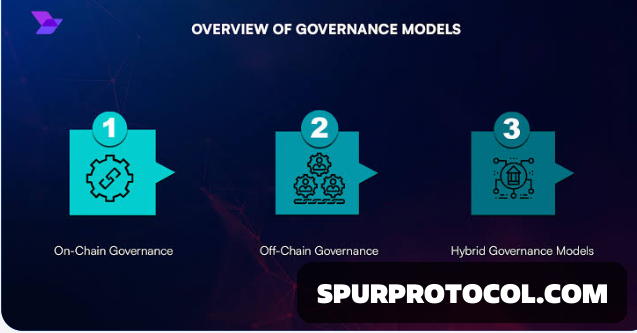How Does On-chain Governance Work?
On-chain governance is a system where rules, proposals, and decisions are made and executed directly on the blockchain, using smart contracts and token-based voting mechanisms
Go Back

🕒 5:13 PM
📅 Jul 21, 2025
✍️ By prejworld
How It Works:
1. Proposal Creation
Anyone (or specific roles like core developers or token holders) can submit a proposal on-chain.
The proposal might suggest changing protocol parameters, upgrading the system, distributing funds, etc.
2. Voting by Token Holders
Token holders vote using their tokens (or staked tokens). The voting power is typically proportional to the number of tokens held.
Sometimes, quadratic voting or delegated voting (liquid democracy) is used for fairness.
3. Vote Counting & Result
Votes are tallied transparently on-chain.
If the proposal meets the required quorum and/or passes threshold, it moves forward.
4. Automatic Execution (in some systems)
Smart contracts automatically implement the proposal once it passes—no middleman needed.
✅ Benefits:
Transparency – All actions and votes are recorded publicly.
Decentralization – Decisions aren’t made by a centralized authority.
Automation – Smart contracts reduce human error and manipulation.
⚠️ Challenges:
Low voter participation ("voter apathy")
Whale control – Large token holders may dominate decisions.
Complexity – Voters may not understand technical proposals.
Governance capture – If not well-designed, governance can become centralized over time.
🧠 Used In:
DAOs (Decentralized Autonomous Organizations)
DeFi protocols (e.g., Compound, Aave, Uniswap)
Layer 1 blockchains (e.g., Tezos, Polkadot)
